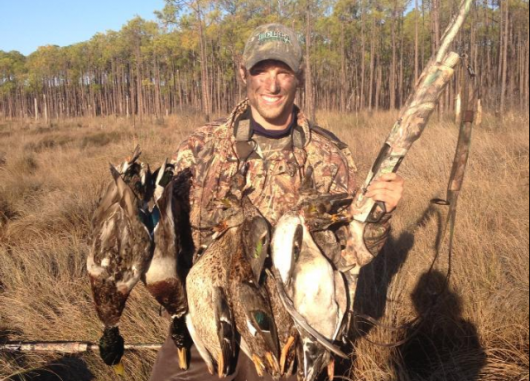
Tips for hunting Big Branch Marsh NWR
The coastal duck population estimates for Louisiana’s 2014-2015 season were almost off the charts compared to recent years, and hunters in the state’s East Zone are also reporting seeing lots of birds.
“I did better this opening weekend (in the East Zone) compared to the last two years,” said Ian Mayronne of Covington, who hunts in the Big Branch Marsh National Wildlife Refuge near Lacombe. “There’s a lot of birds holding on the Slidell side of the NWR.”
Mayronne killed mostly gray ducks and teal near Cane Bayou and Bayou Lacombe for the opening weekend. He has made some hunts in Manchac and Joyce Wildlife Management Areas as well, and reported fewer, but more quality birds, like mallards and wood ducks.
“I like to hunt the wood line where the pine meets the marsh in the Big Branch. I usually hunt potholes and broken marsh,” he said. “The mallards and grays have been staying away from the bigger, rounder pounds.”
The ducks have been holding in the marsh and are receiving lots of pressure, so Mayronne suggested changing tactics, like moving away from a motorized Mojo and using a jerk string to create movement on a calm day.
“We used the Mojos for a couple of days and then pulled them,” Mayronne said. “The big ducks seemed a little more carefree – they seemed a little less sketchy without the Mojo.
“My advice is if you’re going to use a Mojo, put it on the edge of your spread and cut some brush to put around it to make it less obvious.”
Mayronne’s decoy count changes throughout the season, but generally he finds the optimal number to use is about eight to 10 dekes in a spread, especially in smaller ponds.
“In bigger ponds I’ll use a J-hook spread with about 30 decoys,” Mayronne said. “Toward the end of the season, I’ll start pairing the males and females with a few single females to get the drakes to come down.”


